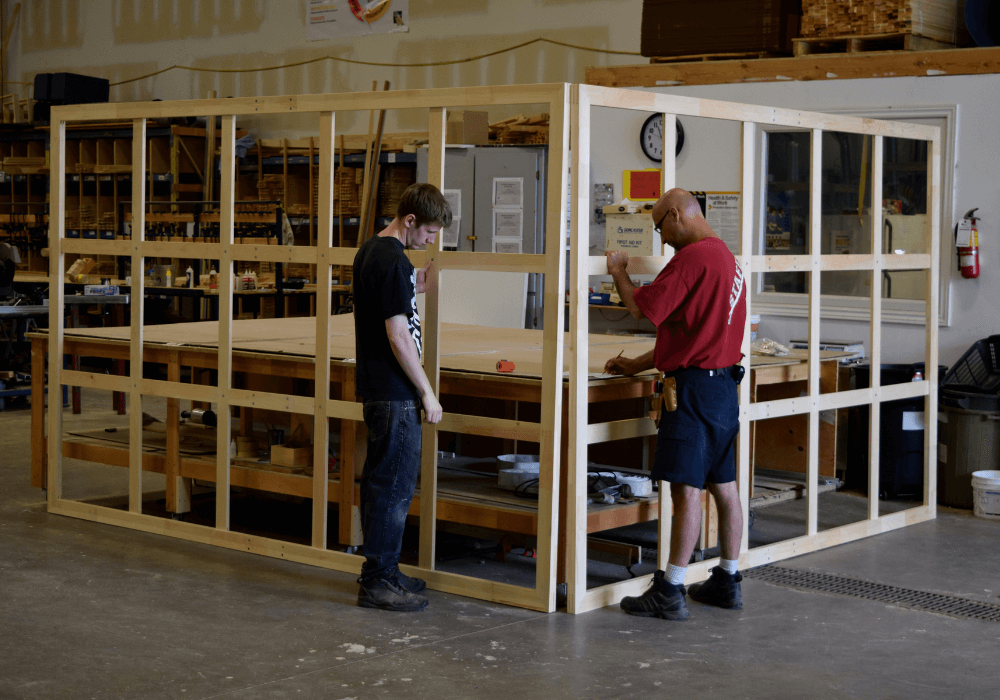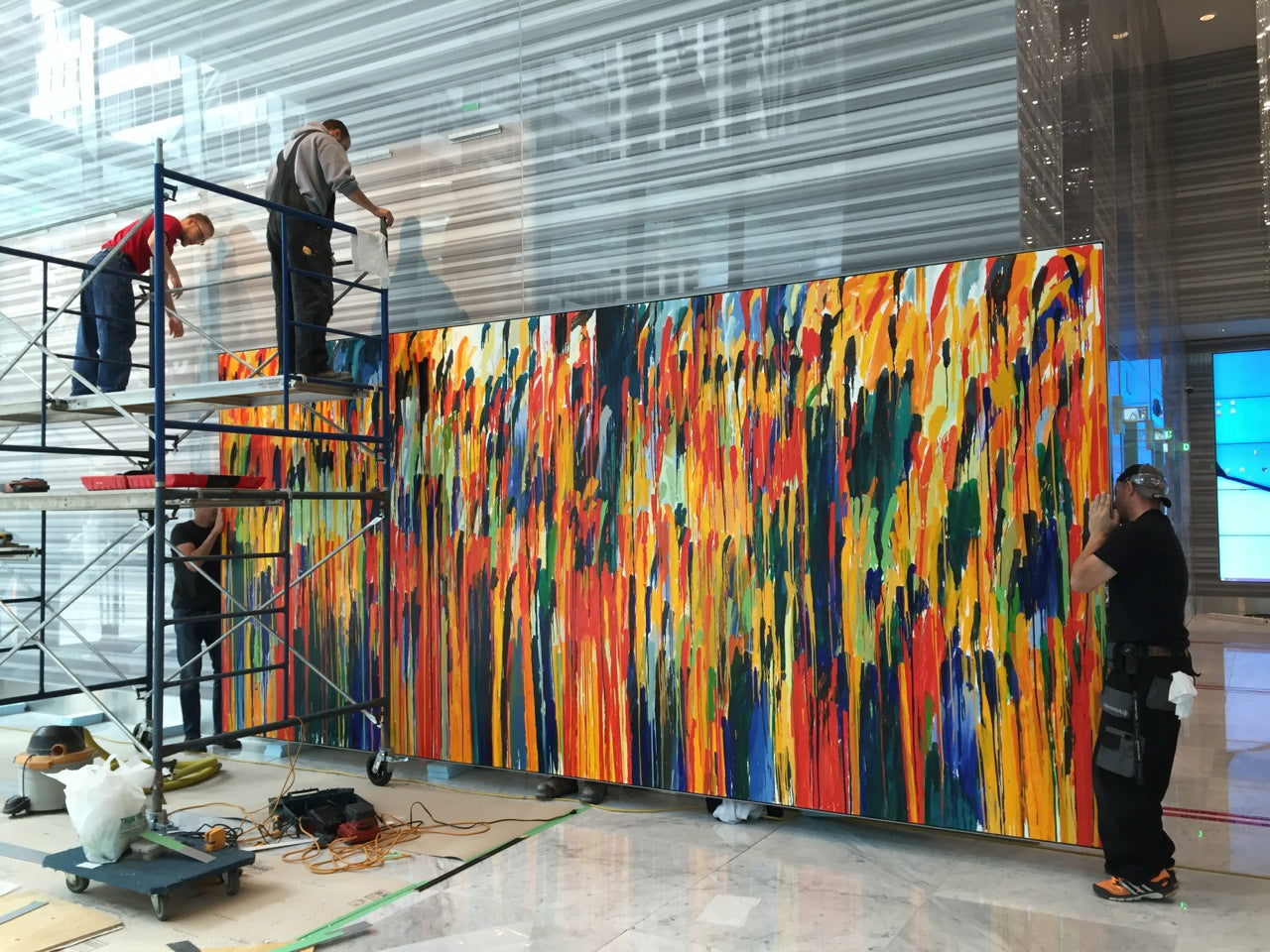How to Choose the Right Stretcher Bars for your Art Canvas
 This guide will help you understand:
This guide will help you understand:
WHAT DO I NEED TO CONSIDER WHEN CHOOSING STRETCHER BARS FOR MY ART CANVAS?
WHICH PROFILE IS BEST?
HOW MUCH CROSS BRACING IS REQUIRED?
If you already know which bars you need, you can head straight over to check out our Basic, Standard, Professional, Heavy Duty Basic, and Gallery stretcher bar profiles:
Or, read on to learn more.
There’s plenty to consider when you’re choosing the best stretcher frame for an existing piece of artwork or preparing to create a new one. The right stretcher bar profile and adequate bracing are important to ensure ease of use and the stability of the frame during canvas stretching, priming or other preparation of the painting surface, and the long-term protection of the painting. Upper Canada Stretchers has twelve different profiles (width and thickness of stretcher bars) to cover most needs. We can make any other options, as required, for special orders.
The choice of profile and configuration of any bracing depends on the size of the frame and what is being stretched (whether a finished painting, pre-primed canvas, or raw canvas to be sized and gessoed).
Bracing is used to prevent longer bars from rotating inwards under tension from the stretched canvas which would cause the frame to buckle and not sit flat against the wall. Proper bracing allows the frame to use the lightest possible bars and still be strong and stable under tension.
Many professional artists and conservators also like to include at least one brace on many smaller frames just to protect the back of the painting from being hit accidentally during transportation or while in storage.
ASSESS THE LIKELY TENSION:
To decide on the correct profile and bracing for your project, you need to assess the maximum tension the frame may be under at any point in its life.
Tension on the bars comes from several sources:
- The initial stretching pressure applied by the canvas pliers as you are stretching the canvas before tacking or stapling. (Note: This tension does not have to be great – reasonably tight is good enough. Any slight looseness can be taken up by tapping in the keys a bit after the canvas is completely stretched and stapled in place.)
- Raw cotton or linen canvas shrinks when wet with gesso or rabbit skin glue sizing and puts a VERY LARGE strain on the stretcher bars and staples (and hence on the canvas itself where it is stapled). This is by far the most strain a frame will ever have to bear, unless it gets wet again somewhere in its life. (Note: Raw linen, when wet with gesso or ESPECIALLY rabbit skin glue, typically creates much greater tension on the stretcher bars than raw cotton canvas does. This may necessitate heavier-duty stretcher bars or bracing to accommodate. If these are the materials you plan to use, please call us at 1-800-561-4944 for assistance in judging the best frame for your project.)
- Pre-primed and pre-painted canvas puts much less stress on the frame, therefore requiring less bracing than frames stretched with raw canvas.
- The weight of the canvas and paint layers to be added also need to be factored in (which is much greater for large canvases.)








